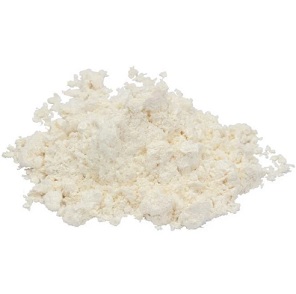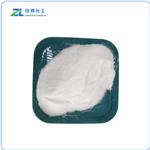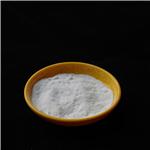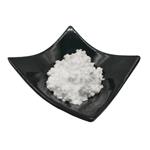Chemical Properties
Bismuth oxychloride is a white Lustorus powder, It is an inorganic white pigment commonly used in foundations, blushes and other color cosmetics. Bismuth oxychloride usually comes in two forms: diamond and pearl finishes. The diamond is shimmery and the pearl is more matte.
Bismuth is the least toxic of its periodic table neighbors like lead, tin, antimony and polonium. Bismuth in itself is not safe for use in cosmetics, and must be refined and combined with other elements to produce bismuth oxychloride.

Bismuth occurs naturally, but in very small amounts. Most of the bismuth produced in the USA is as a by-product from refining lead, tin, copper, silver and gold ores.
Once the bismuth has been harvested, it is further refined through several processes to remove dangerous elements like lead. Then it is chlorinated, which gives us bismuth chloride (BiCl3). It still poses a severe risk at this point, smelling of hydrochloric acid. When bismuth chloride is combined with water, it starts to decompose and part of the chlorine is replaced by oxygen from the water. This process is called hydrolysis. The remaining compound is bismuth, chlorine and oxygen = Bismuth oxychloride.
Physical properties
White powder or tetragonal crystals; density 7.72 g/cm
3; practically insoluble in water, alcohol and acetone; soluble in hydrochloric and nitric acids (with decomposition); Ksp 7.0 x 10-
9.
Uses
bismuth oxychloride is an inorganic color additive. It is used mostly in makeup manufacturing and rarely in skin care formulations. It may also be used for pearlization in cosmetics.
Uses
It is used as skin protective's, thickeners, and absorbent agents. It act as a coloring agents in cosmetics.
Uses
In face powders; as pigment; manufacture of artificial pearls, dry-cell cathodes.
Preparation
Bismuth oxychloride is made by treating bismuth chloride with water and then drying the white precipitate so formed to expel a molecule of water:
BiCl
3 + 2H
2O → Bi(OH)
2Cl + 2HCl
Bi(OH)2Cl → BiOCl + H2O
Also, the compound is prepared by treating a dilute nitric acid solution of bismuth nitrate with sodium chloride.
General Description
Odorless white solid. Sinks in water.
Reactivity Profile
BISMUTH OXYCHLORIDE emits toxic fumes of chloride ion and bismuth when heated to decomposition [USCG, 1999].
Health Hazard
Contact with dust causes mild eye irritation and can cause skin rashes.
Flammability and Explosibility
Not classified





